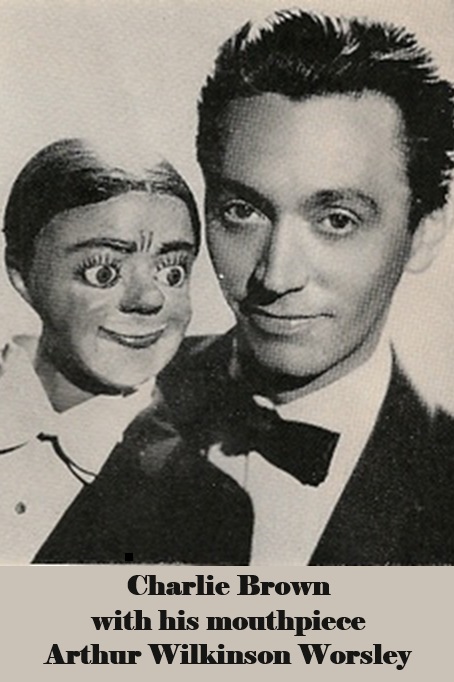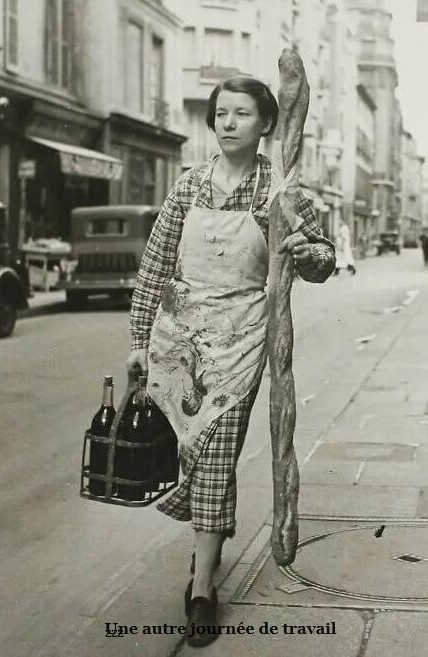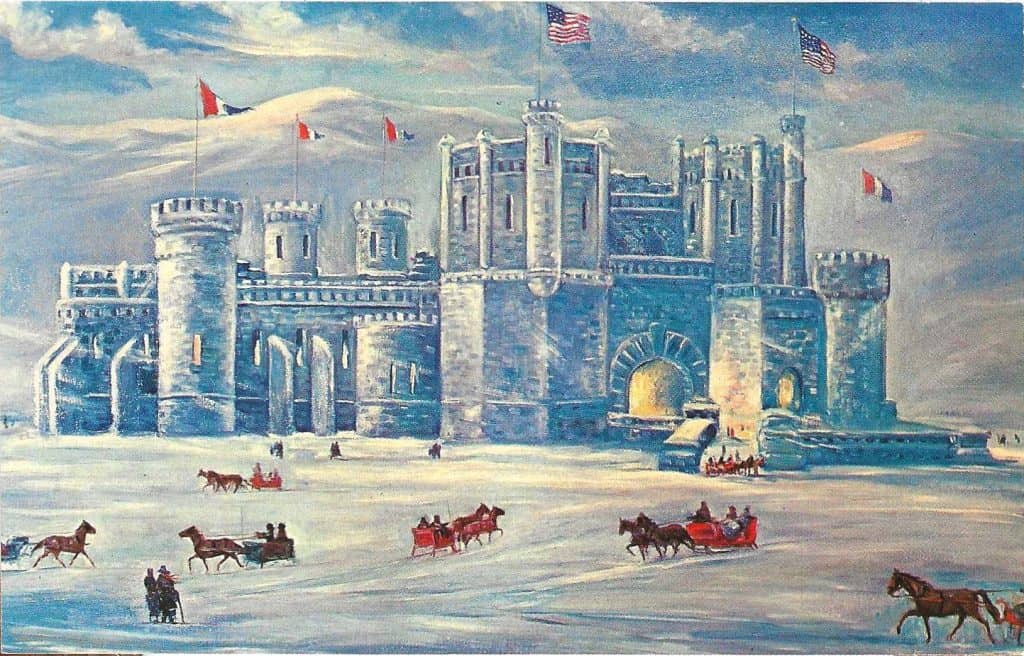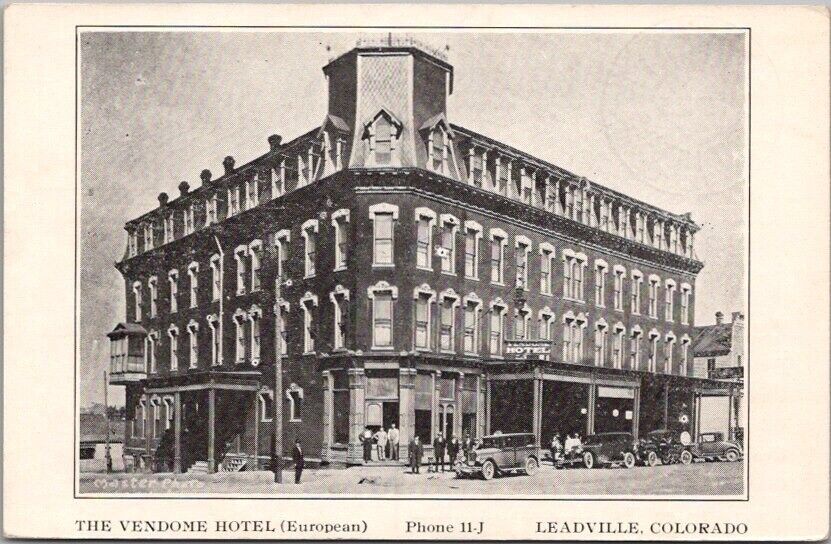
Art Worsley was born in 1920. At age 8 he saw the performance of a ventriloquist and the act was his career motivation to make people laugh. He made his professional debut at age 11 in a Manchester (England) casino, where he was billed as the “world’s youngest ventriloquist.” He was a sensation!
Unlike others in his profession who would make their way to the stage and have a conversation with their dummy, Worsley decided that his dummy, Charlie Brown, should do all the talking.
Charlie’s opening line in every show was, “Look at me, son, when I’m talking to you.” For most of the act, Charlie would abuse Worsley, growing ever more exasperated by the ventriloquist’s silence. He would accept Charlie’s tirades – on topics relative to the show’s location – with rigid endurance and total resolution.
The tirades in Australia would profane the food, in the USA, the beer was too cold, and South Africa the money was impossible to spend – all the merchants and even the barbers would accept only gold coins.
In due time, Charlie would work himself up into a frenzy and start shrieking at Worsley. Not only was this funny, but it also allowed Worsley to show off his skills.
One night in 1957, when Worsley was hired to co-star on the Ed Sullivan Show along with Elvis Presley, he told of the one and only time he performed in Sweden.
He was doing a charity show in a small fishing town. With Charlie Brown on his knee, he starts going through his usual dumb blond jokes.
Suddenly, a blond woman in the fourth row stands on her chair and starts shouting, “I’ve heard enough of your stupid blond jokes. What makes you think you can stereotype blond women with inane jokes that weren’t funny the first time you told them, let alone, tonight?
What does the color of a woman’s hair have to do with her worth as a human being?
It is men like you who keep women like me from being respected at work and in the community and from reaching our full potential as people, and it’s people like you who make others think that all blondes are dumb! You and your kind continue to perpetuate discrimination against not only blondes, but women in general, pathetically all in the name of humor!”
Apparently, everyone thought she was finished when she stepped down from the chair. Worsley was so embarrassed he began to apologize. He had said no more than, “I’m sorry you didn’t like Charlie’s jokes, but …” when the blond resumed her stand on the chair and screamed, “You stay out of this! I’m talking to that bozo on your lap.”
Une autre journée de travail

There may be other words, perhaps hundreds of them that would describe the picture on this Parisian postcard from the mid-1930s, but “adorable” is the one that comes to my mind. A liberal translation of the caption would be, “Another day at work.”
The shirtwaist clad twenty-plus year-old mademoiselle is obviously a domestic who has by this hour in the morning completed a half-day at work and has been sent to a neighborhood bakery and the corner vintner to fetch the makings of the evening meal. She has acquired the largest baguette available and six bottles of a fine claret.
The card was found in a keepsake box that a Maryland postcard dealer bought at a show some years ago. The card was never mailed, but it has a French stamp and is addressed to a Mrs. W. J. Gransee at 3817 Mt. Pleasant Street, Baltimore, Maryland. The message reads:
Dear Aunt Mary,
Do you like this postal? It is me (just teasing)
three times every week fetching bread and
wine for the Professor and his family. I am
working too hard to enjoy Paris, but my day off
is each Friday. I’ll be home in six weeks. Kiss
Uncle Bill for me.
Love Kate
Kate’s Uncle Bill (William John Gransee) was a machinist at the Maryland Shipbuilding Company in Baltimore. He and Mary had two sons: Theodore and George. The irony is that both sons married but neither had a daughter named Kate. Perhaps Mary was Kate’s “honorary” Aunt.
The Leadville Ice Palace

The Ice Palace in Leadville, Colorado, was opened to the public on January 1, 1896; five years before the artist was born, but that didn’t stop Herndon Davis from fulfilling a commission received from the management of the old Tabor Hotel that was renamed the Vendom Hotel in 1893.
The palace was nearly 60,000 square feet with towers that reached 90 feet in the air. It was dedicated to winter sport and outdoor fun. It contained a skating rink, dance floor, curling rink, restaurant, game rooms, a theatre, two toboggan runs, and a carousel house.
Leadville grew quickly after the first silver strike in 1860, and for twenty years it flourished with fortunes made from the rich ores found in the surrounding mines. When the mines played out in 1881 the miners began to leave, stores closed, the banks failed, and the ultimate insult came when the town was consumed by a fire that destroyed nearly every wooden structure in town. When the depression of 1893 further depressed the economy, it ended Leadville’s silver era.
From a newspaper account we learn that in the winter of 1895, those who were desperate, but refused to leave, proposed an ice castle to draw sightseers and create jobs. If successful it would rescue their economy. Anticipating trains full of tourists, the project began by hiring staff and finding workers, and construction began on November 1, 1895.
Only 36 days later, the palace opened and visitors were amazed by the spectacular castle, with its impressive size, electric lights casting a glow through the translucent walls, and American Beauty roses and 18-inch trout frozen in blocks of clear ice decorating the inside walls. Outside, the castle was adorned with gleaming searchlights with prismatic colors, and when visitors arrived at night, they were awe-struck.
In three months, the palace entertained over a quarter-million guests. That winter was the grandest Leadville had ever known. At the end of March, the ice began to melt, and the building was condemned on March 28, though skaters continued to skate on the ice rink until June.
The last planned event was a dance around a maypole. The ice in the rink was still good and many of the hundreds who attended skated instead of danced.
Sadly, despite the visitors who filled the town that winter, the Ice Palace was a financial disaster. Only the ice-plant made money; they had supplied 5,000 tons of ice and charged, at various times, between two and eight cents per pound.
All plans to build a new palace each winter were abandoned. The only remains of the Ice Palace are found in photographs, paintings, and on postcards.

The Vendome Hotel took possession of Davis’s painting only days after its completion in the fall of 1952. It hung in the hotel lobby until it closed in the 1970s. As a ghost of things long forgotten, the hotel sat vacant for nearly two decades, then in 1989 a corner of the building collapsed onto the sidewalk and into the street. It took three years, but a multi-million-dollar restoration project was launched and completed so that an exquisite landmark building again welcomes guests but under a different brand.
I have a maid come to clean my apartment twice a month. It would be nice if she could also shop for my groceries, as I’m sure she’d do a better job than Instacart has the times I’ve resorted to that option.
“You stay out of this! I’m talking to that bozo on your lap.” hafta love it!
Wonderful articles thanks for sharing I would love to go to an ice palace.
Kristina, check out Harbin, China as their annual ice festival will happen soon. Their sculptures and ice buildings are beyond phenomenal.
For more about Leadville, CO, and the silver rush, including the story of the family behind the Tabor Hotel, go find or listen to the opera “The Ballad of Baby Doe.” A very compelling story of a rich woman who (spoiler alert) ends up penniless!
Great stories all. For me the Ice Palace story really captures the imagination. If you have seen one of these amazing structures you can definitely relate. Thanks for sharing these .